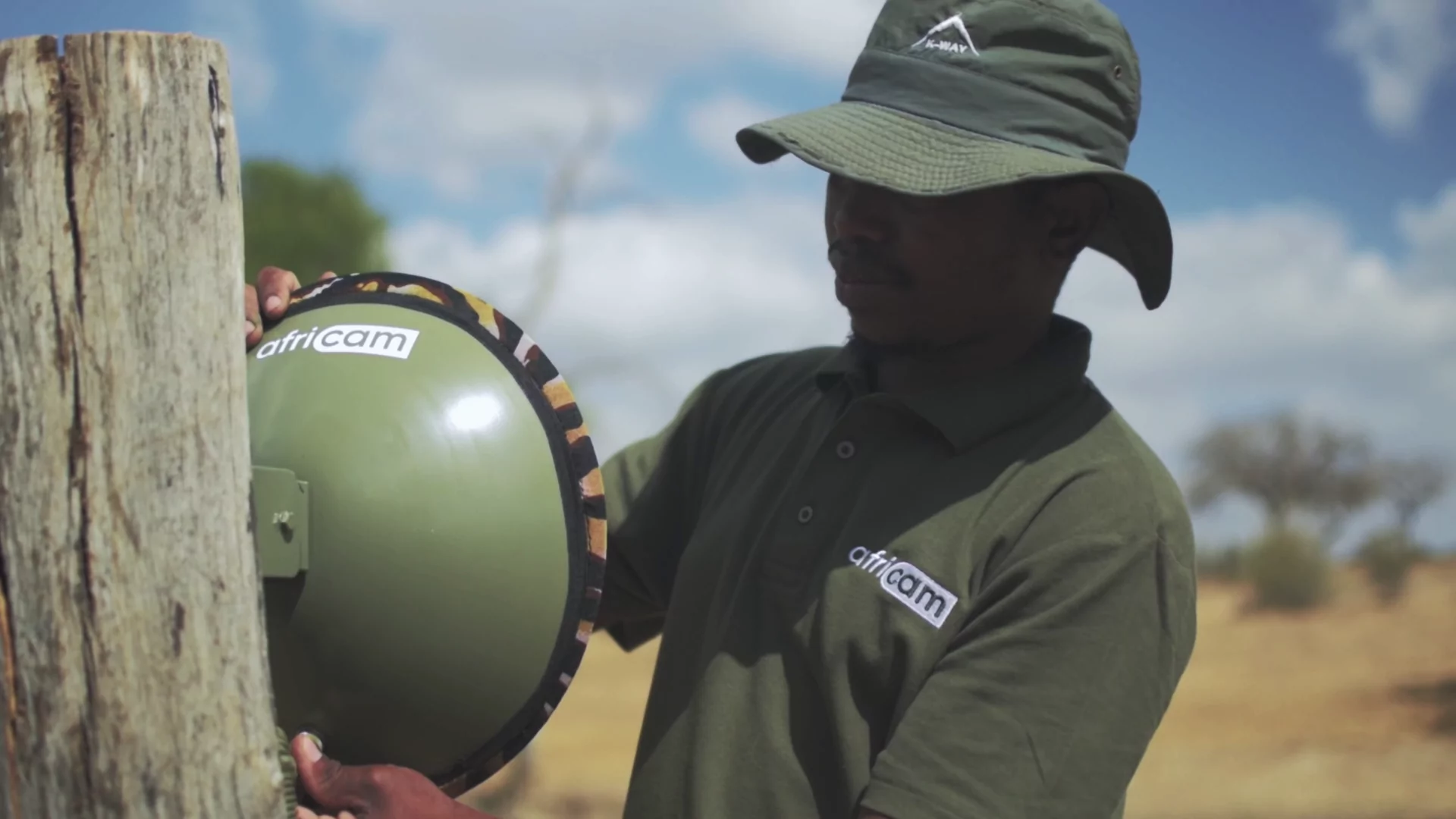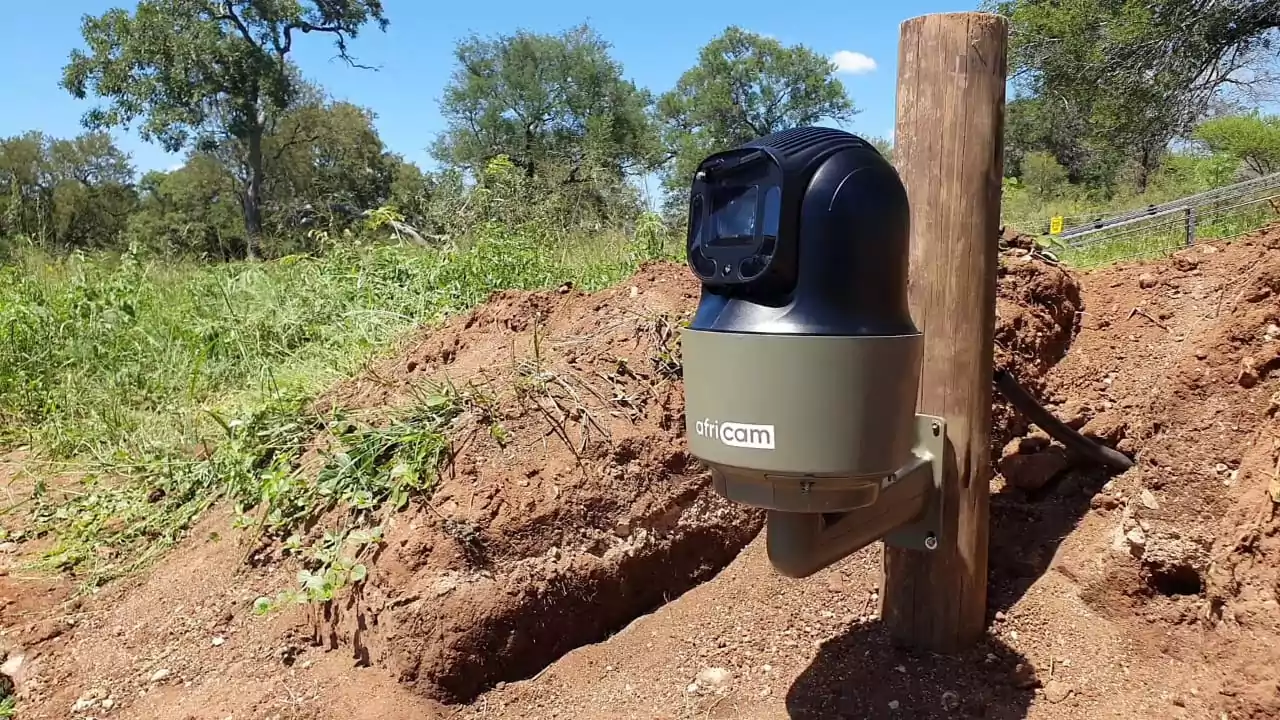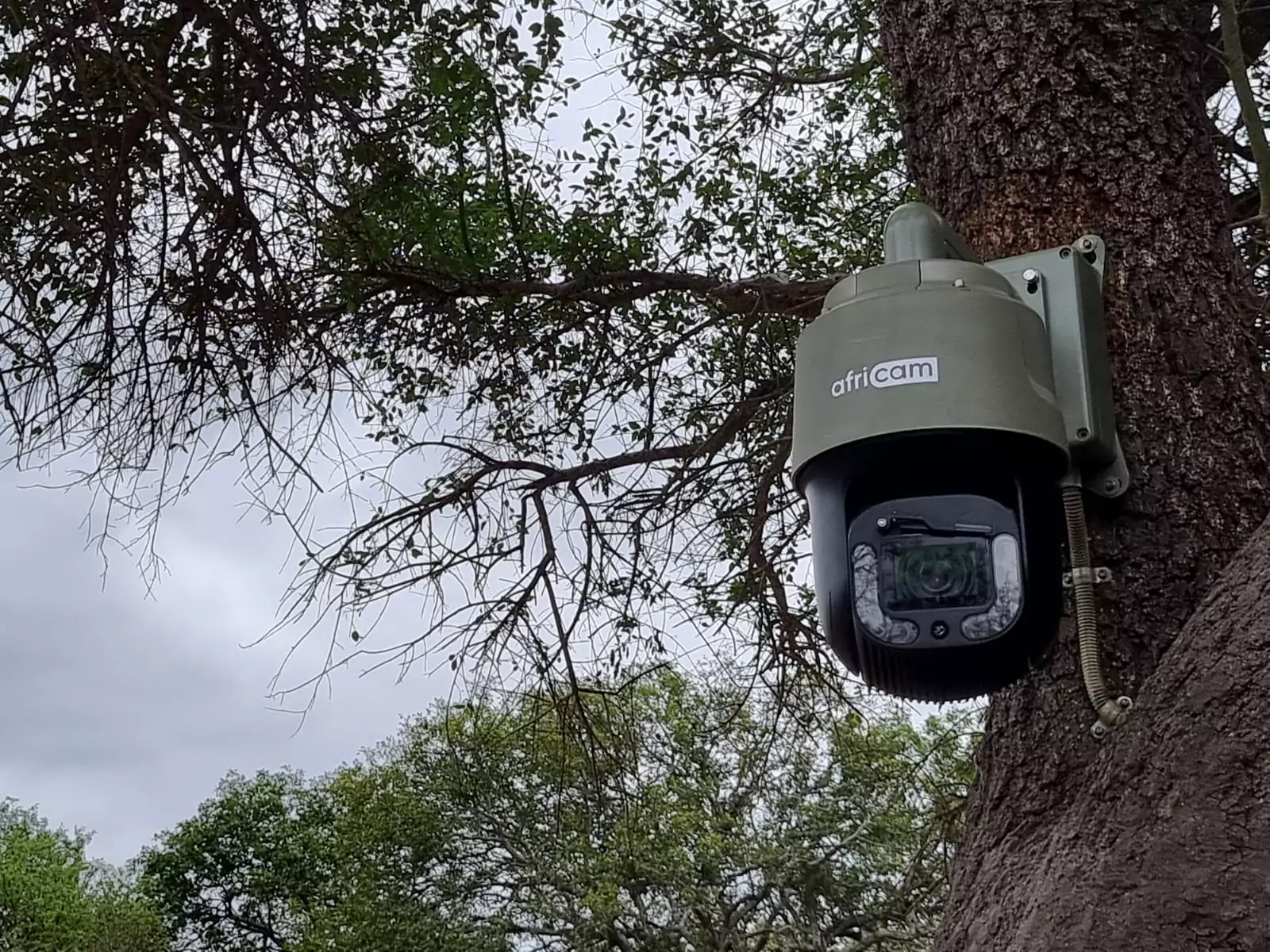Email: info@africam.com
Black Eagle NEST
Africam partners with Selati Wilderness Foundation & Explore.org
The Importance of Verreaux’s eagles in the Selati Game Reserve
Verreaux’s eagles (Aquila verreauxii) use the Lillie Hills within the Selati Game Reserve as their primary breeding grounds, utilizing the cliffs and rocky outcrops as ideal vantage points for hunting rock hyrax (dassies), their preferred prey. These raptors are not only formidable hunters, but also hold significant cultural and spiritual value in African communities. However, despite their ecological and cultural importance, black eagles are classified as Near Threatened by the IUCN due to habitat loss and human encroachment.
To aid in the conservation of these remarkable birds, SWF partnered with Africam in 2025 to launch a ground-breaking live-streaming initiative that allows for close monitoring and study of their breeding behaviours.
Selati Black Eagle Installation
Watch the amazing footage of the cliff nest camera being installed.
The Black Eagle Breeding Cycle
The breeding cycle begins with nest building from late February to April, during which both the male and female construct their nest using sticks and green leafy sprays. Mating occurs from early March through mid to late April, and two creamy white eggs are laid in late April or early May. The incubation period, lasting about 44–45 days, is shared by both parents.
However, a phenomenon known as Cainism often takes place after hatching, where the older chick dominates and eventually kills the younger sibling within a few days. Around 97 days hatching, the juvenile eagle takes its first flight. Over the next three months, the adult pair teaches the juvenile essential survival skills. As the juvenile matures, the adult male becomes increasingly aggressive towards it, prompting the young eagle to leave the territory entirely.
Insights from Previous Breeding Seasons
Since the launch of this initiative, SWF have provided an intimate glimpse into the eagles’ breeding process. In 2023, two eggs were laid in mid-May, with one successfully hatching in late June. The chick thrived, and by mid-October, it had fully fledged, marking a successful breeding season. However, 2024 presented challenges, as neither of the two eggs survived – one was abandoned, while the other was deemed infertile and ultimately consumed by the parents.
This year, the eagles built a second nest below their old nest, which is where Africam has placed a new camera with sound, allowing us to hear the eagles and their eaglets. However, we are still patiently waiting to see which nest they use for the breeding season. Whichever one they choose, we will be able to watch their story unfold in real-time!
Follow the journey and witness the black eagles in action:
Black Eagle Nest







